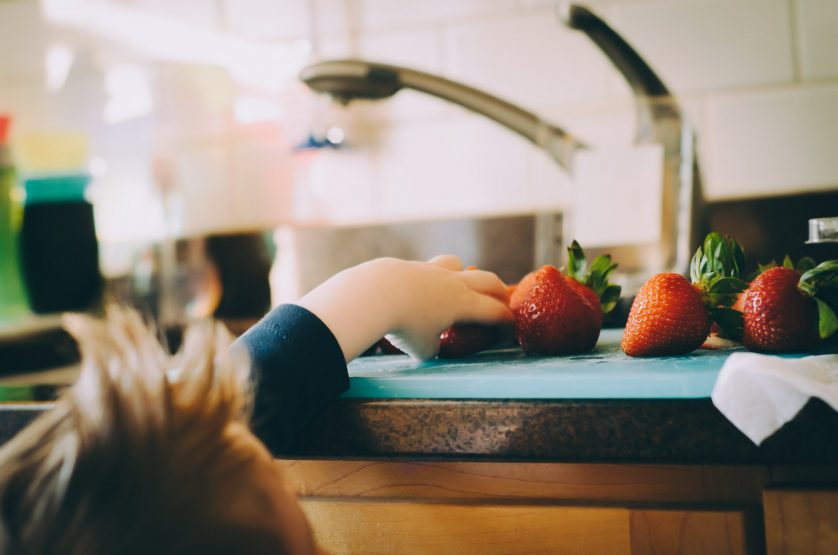What foods should preschool children be eating?

The first 2 years of a child’s life sees huge amounts of physical and developmental growth taking place. While children all reach their developmental milestones at slightly different times, by the time they reach 2 they are usually all doing all of the same tricks.
What also happens at about 2 years of age, is that many children can start to assert a bit of independence and opinions about a range of things, whether it be what they are willing to wear each day to what they will or will not eat.
But what SHOULD a preschool aged child really be doing at the dinner table?
Ideally your preschooler will have developed an ability to feed themselves independently – whether with cutlery or their hands (or both). They should be eating with the rest of the family and having the same meals as everybody else presented in the same texture as everybody else (ie. not pureed or chopped up super small).
Ideally they will be having foods from all of the 5 food groups (fruit, vegetables, milk/milk alternatives, breads and cereals, meat/meat alternatives) as each of these 5 food groups provides unique nutrients which can only be found in that food group. For example, milk/milk alternatives are the best source of calcium, meat and meat alternatives are the best source of iron and protein etc. Fruit and vegetables both provide similar nutrients but fruit tends to be higher in naturally occurring sugar than their vegetable counterparts! My top tip for this age group is to try not too put too much emphasis on one particular foods group (eg vegetables) but to teach your children about variety and balance. Encourage them to have a range of foods from all of the food groups. The best way to do this… role model eating a broad range of different foods yourself – the more you eat it (in front of them), the more likely they are to explore them.
For more information about Australian children’s food guidelines from eatforhealth.gov.au, click here .



